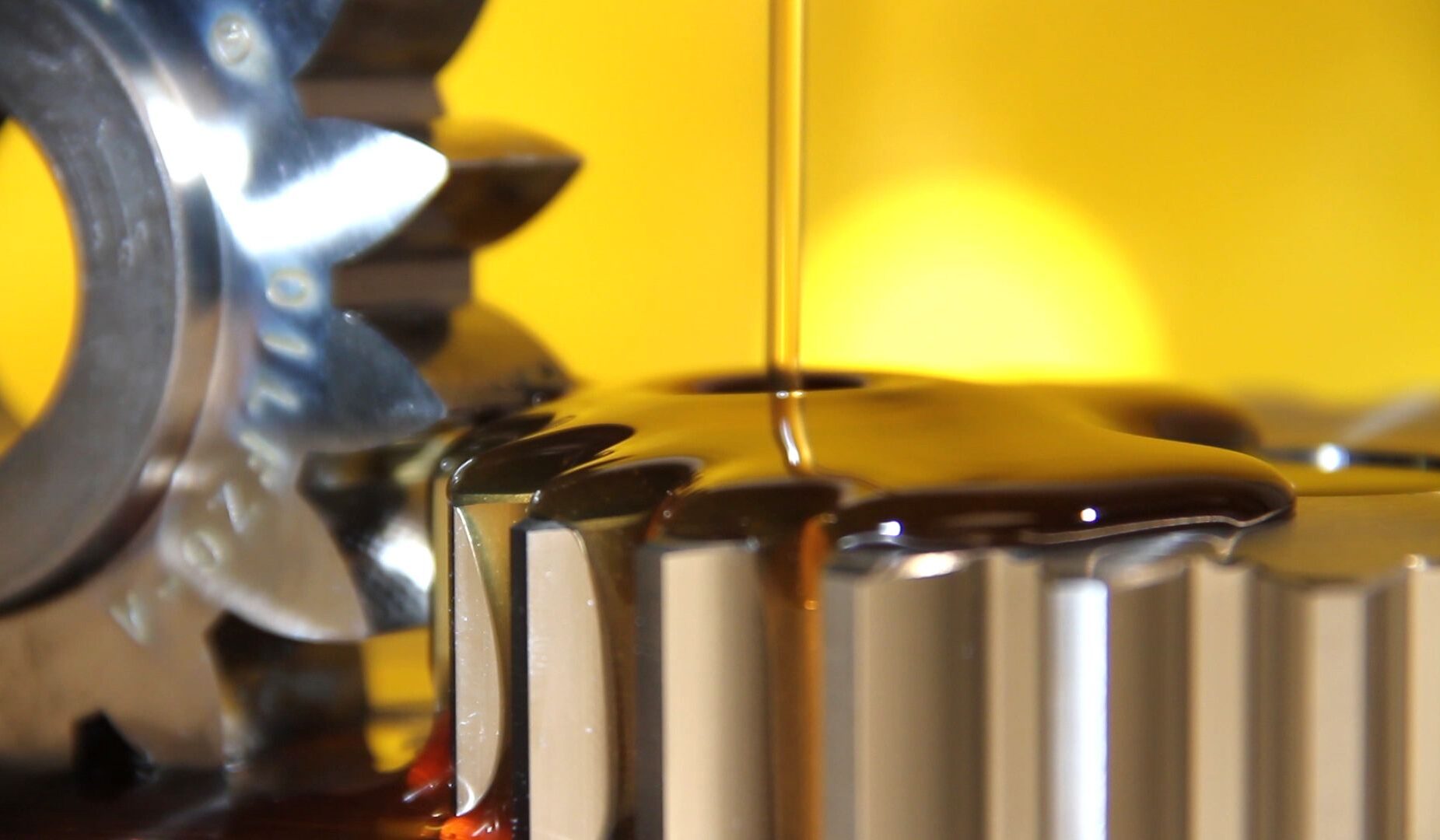Sustained by notable increase in number of airlines, coupled with a mounting number of aircraft refurbishment and leasing activities, global sales of aircraft cleaning chemicals will witness a CAGR of 3.4% in the forecast period of 2019 – 2029. A sustainable shift towards bio-based cleaning chemicals is poised to be a prominent trend shaping up the future of global aircraft cleaning chemicals market, suggests a new Future Market Insights (FMI) study.
Bio-based and water-based cleaning chemicals are gaining traction in the market, as these are used to remove hazardous and toxic substances such as trichloroethylene (TCE), perchloroethylene, and other corrosive chemicals from aircraft. Bio-based cleaning chemicals are widely used by both civilian and military aircraft, owing to their non-explosive, low-flammability formulation, which completely eliminates the risk of fire.
Request Sample Copy of this Report @ https://www.futuremarketinsights.com/reports/sample/rep-gb-3155
Key Takeaways – Aircraft Cleaning Chemicals Study
- The number of air travel passengers is consistently increasing, with the establishment of more than 700 routes for better connectivity. According to the International Air Transport Association, global passenger traffic rose by 7.6% in 2017, which is more than the average annual growth over the last ten years, i.e. 5.5%. This increase creates immense opportunities for players operating in the aircraft cleaning chemicals market.
- There is an increasing demand to replace hazardous, VOC-emitting degreasers, and cleaning products with green alternatives and safer products. Prominent manufacturers are focusing on the development of biodegradable, non-toxic, durable, cost-efficient, and non-hazardous cleaning chemicals. Aircraft cleaning chemicals market players are also emphasizing on providing chemicals free from hazardous ingredients, and having no special storage or disposal requirements.
- Increasing health awareness, risk of infection, concerns over disease-causing pathogens on contaminated surfaces, etc., make today’s traveler extremely particular about hygiene. Hence, to provide a hygienic environment for travelers, the demand for cleaning chemicals, particularly disinfectants is expected to increase over the course of the forecast period.
- Dry wash is an innovative, economical, and safe cleaning concept, minimizing the use of water. Dry wash method can do cleaning and shining in a single process. Dry wash is gaining popularity and preference among end-users as it reduces the cleaning cost as well as time. However, dry wash can require a lot of elbow grease and requires considerably more effort than wet wash.
Bio-based and water-based cleaning chemicals are gaining traction in the market, as these are used to remove hazardous and toxic substances such as trichloroethylene (TCE), perchloroethylene, and other corrosive chemicals from aircraft. Bio-based cleaning chemicals are widely used by both civilian and military aircraft, owing to their non-explosive, low-flammability formulation, which completely eliminates the risk of fire.
For More Details, Ask Analyst @ https://www.futuremarketinsights.com/ask-question/rep-gb-3155
Key Takeaways – Aircraft Cleaning Chemicals Study
- The number of air travel passengers is consistently increasing, with the establishment of more than 700 routes for better connectivity. According to the International Air Transport Association, global passenger traffic rose by 7.6% in 2017, which is more than the average annual growth over the last ten years, i.e. 5.5%. This increase creates immense opportunities for players operating in the aircraft cleaning chemicals market.
- There is an increasing demand to replace hazardous, VOC-emitting degreasers, and cleaning products with green alternatives and safer products. Prominent manufacturers are focusing on the development of biodegradable, non-toxic, durable, cost-efficient, and non-hazardous cleaning chemicals. Aircraft cleaning chemicals market players are also emphasizing on providing chemicals free from hazardous ingredients, and having no special storage or disposal requirements.
- Increasing health awareness, risk of infection, concerns over disease-causing pathogens on contaminated surfaces, etc., make today’s traveler extremely particular about hygiene. Hence, to provide a hygienic environment for travelers, the demand for cleaning chemicals, particularly disinfectants is expected to increase over the course of the forecast period.
- Dry wash is an innovative, economical, and safe cleaning concept, minimizing the use of water. Dry wash method can do cleaning and shining in a single process. Dry wash is gaining popularity and preference among end-users as it reduces the cleaning cost as well as time. However, dry wash can require a lot of elbow grease and requires considerably more effort than wet wash.
